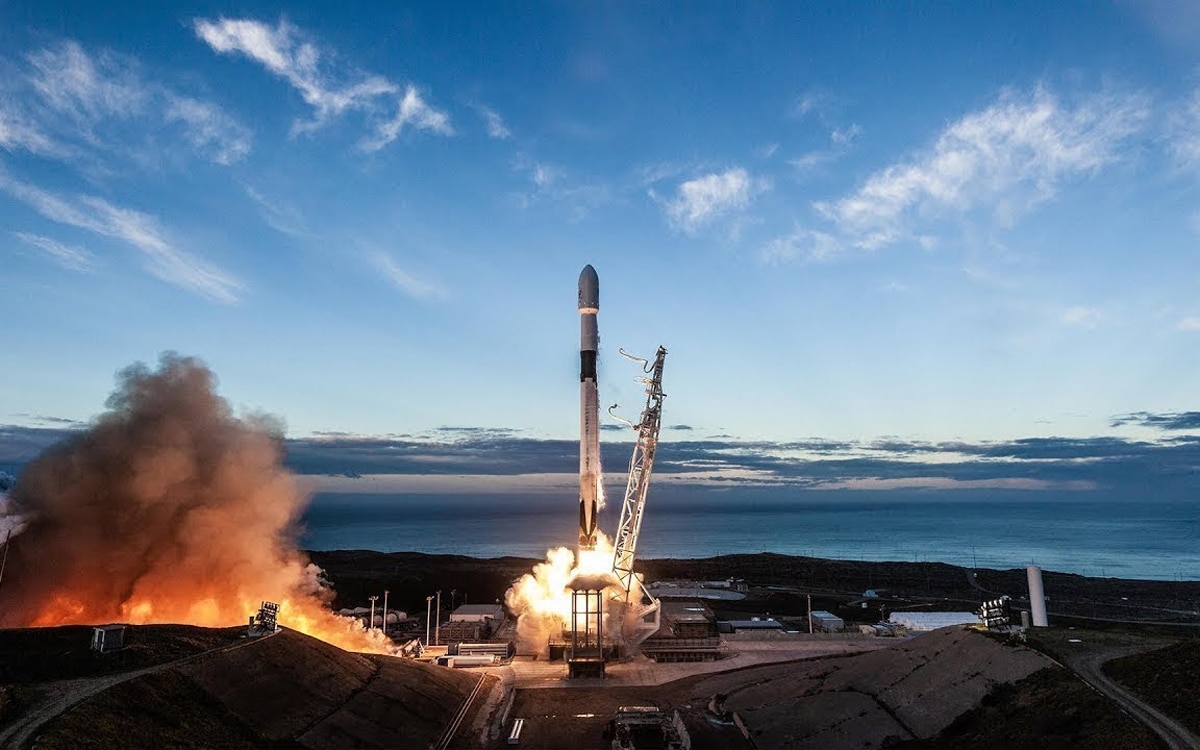
The second stage of a Falcon 9 rocket has been drifting uncontrollably through space since 2015, but experts say its seven-year journey is coming to an end as the 4-ton rocket part is expected to hit the Moon within a few weeks.
A SpaceX Falcon 9 booster is on course to collide with the Moon after remaining in orbit for nearly seven years, experts say. Launched in February 2015, the rocket weighing about 4 tons should hit the Moon at a speed of about 2.58 km/second. Unfortunately, the impact is expected on the far side of the Moon and we will not see the collision from Earth.
It was engineer Bill Gray, a specialist in tracking space objects, who revealed that the collision was going to take place within a few weeks. The rocket was part of a mission to send the Deep Space Climate Observatory of the National Oceanic and Atmospheric Administration millions of miles in space.
Also read- SpaceX: Elon Musk assures that Man will fly to Mars within 10 years
Why didn’t Falcon 9 return to Earth?
Unlike most other Falcon 9s, after transporting NOAA’s Deep Space Climate Observatory, the rocket did not have enough fuel to return to Earth and neither had the energy needed to escape the gravity of the Earth-Moon system “, specifies in particular the meteorologist Eric Berger on Ars Technica.
Indeed, the rocket had to perform the long initial burn of its engines to send the satellite to a Lagrange point, which did not allow it to conserve enough fuel for the return trip.
Like the crash should take place on the far side of the Moon, it will not be possible to observe it directly, but we should still be able to gather some information about it. Bill Gray announced that two satellites in low lunar orbit were able to tell us about the crash, NASA’s Lunar Reconnaissance Orbiter and the Indian spacecraft Chandrayaan-2.
Nevertheless, it is unlikely that one of the two satellites will be close enough to the point of impact at the right time. ” I have been tracking this kind of gear for about fifteen years. And this is the first unintended moon impact we’ve had added Gray. After this first unintentional crash, SpaceX hopes to send humans to the Moon before 2024. Elon Musk’s company will also send 8 tourists around the Moon in 2023.
Source: Ars-Technica



